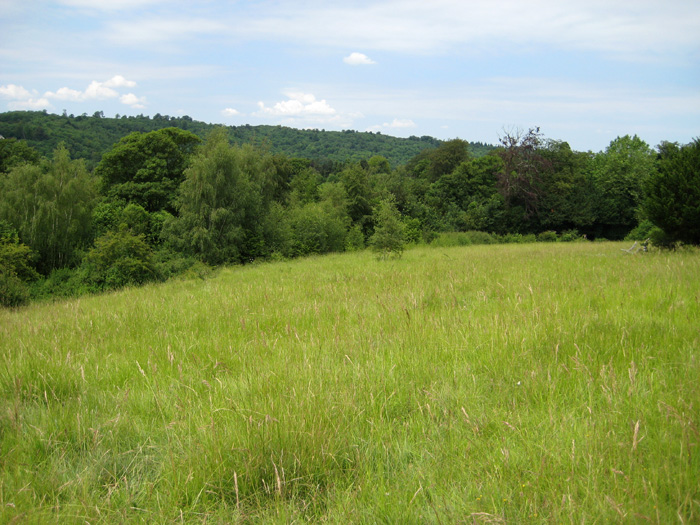Sometimes places that look barren or dull can be full of diverse wildlife, on closer inspection. I am a bit of a tree fan, so it’s always been the woods of Box Hill, with their rare box trees, that have excited me. While the grassy slopes of the hill have appealed to me aesthetically, I assumed that the real wildlife was elsewhere.

A recent walk up the hill on a sunny day made me suspect I might be wrong. What, from afar, looks like boring old grass, is actually a huge variety of plant species, including many different flowers. And these plants were buzzing with insect life.

A bit of reading up on the subject has confirmed that my earlier assumptions were well wide of the mark. Chalk grassland, grazed by sheep and unfertilised, is one of the UK’s richest for plant and insect diversity. The poor, thin soil, and regular grazing, means no single species can dominate. A square metre of chalk grassland may have up to 40 different plant species, leading to some calling it Europe’s answer to the rainforest.

This diversity of plants gives food and shelter to a wide range of insects. 41 different types of butterfly have been found on Box Hill, including some of the rarest in the UK. I didn’t even know there were that many butterfly species in Britain.
Chalk grassland is in itself quite rare. It is an internationally important habitat and is a priority in the UK Biodiversity Action Plan.Besides the North and South Downs there aren’t many other large areas of chalk grassland left. Much has been lost in the last 50 years due to changes in farming, (intensification including use of fertiliser and over grazing), encroachment of scrub where grassland isn’t grazed, and development of land for other purposes. Only 1% of the Surrey Hills has remnant chalk grassland cover.

There’s been quite a lot of controversy locally about a recent Court of Appeal judgement allowing some chalk grassland to be turned into an exclusive golf club. Neatly manicured, fertilised and herbicided greens and fairways are deserts compared to natural chalk grassland.
While it may not have the immediate feel of the wild that you get in woods or at the coast, chalk grasslands are rich habitats, and need protection. Losing chalk grassland means losing a unique and fragile ecosystem, which we will be poorer without.







